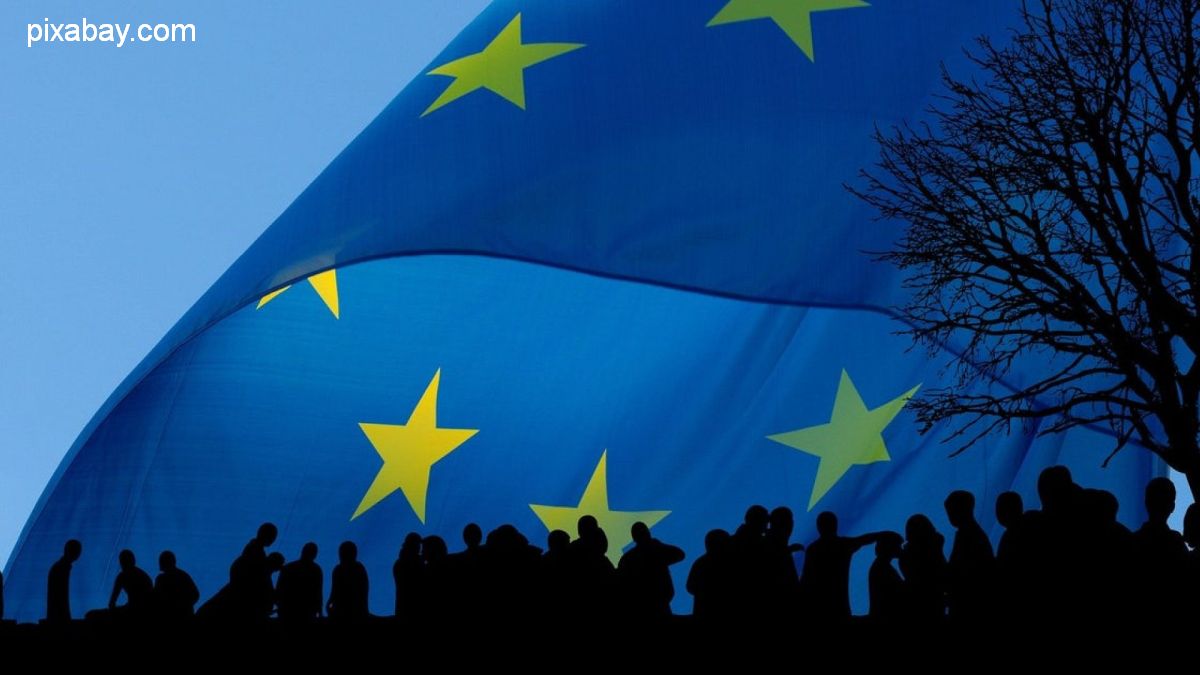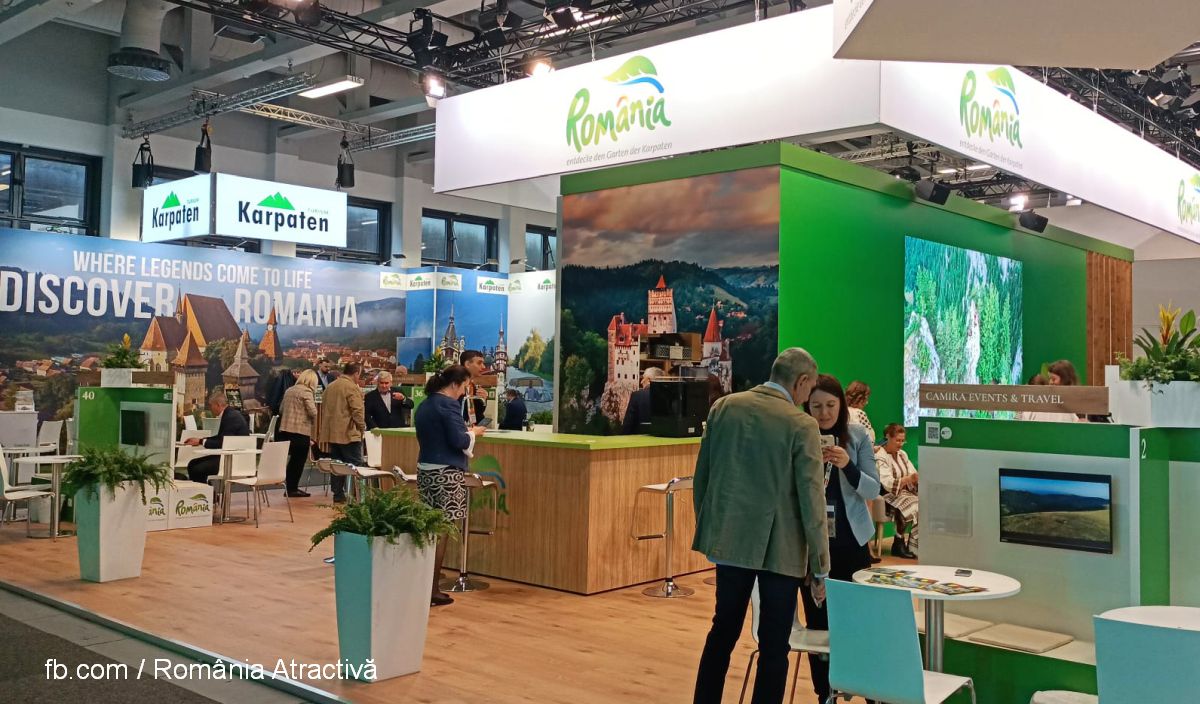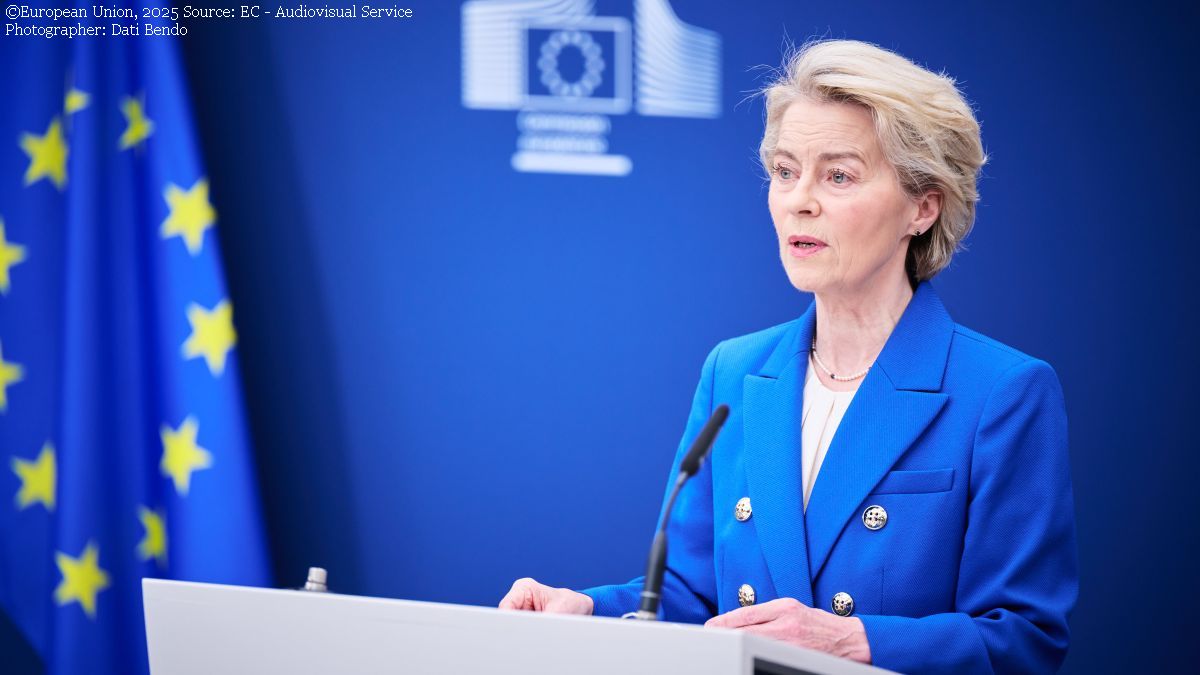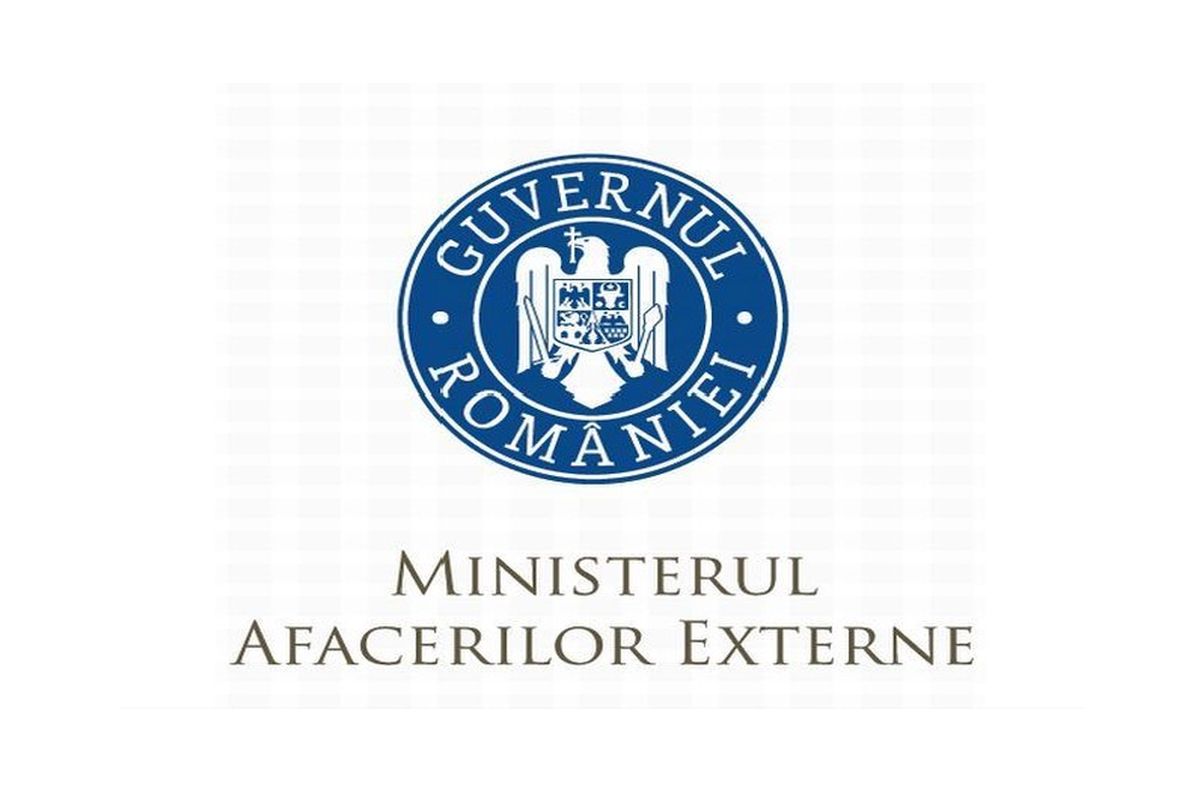Medals for Romanian inventors
Romanian inventors won 34 gold medals, 8 silvers and 10 special distinctions at the Geneva International Exhibition of Inventions

Leyla Cheamil, 03.04.2017, 12:13
Every year, Romanian inventors return from international inventions fairs with medals for their inventions with immediate application. This year again, they won many distinctions, most of which were gold medals, at the International Exhibition of Inventions in Geneva, the worlds most prestigious event in the field of inventions. Now in its 45th year, the exhibition was held between the 29th of March and the 2nd of April.
Romanian inventors won a total of 34 gold and 8 silver medals, 10 special distinctions, as well as 17 prizes awarded by foreign delegations. Romania participated with 40 works whose presence at the fair was financed by the state budget, as well as 8 inventions supported by private funds, according to the research and innovation ministry.
More than 2,000 inventions from around the world were exhibited in Geneva by private companies, universities, state organisations and individual inventors and researchers.
The Romanian inventor Mihai Receanu won a special prize from the United Nations World Intellectual Property Organisation. The 23-year-old Receanu, who is a student of the Faculty of Electronics, Telecommunications and Information Technology of the Bucharest University, invented a device and method for monitoring electrical low voltage systems in order to discover dysfunctions and risks of fire that can be used on vehicles, aircraft and any other similar electric installations. His invention was developed at the European Interdisciplinary Applied Research Centre in Otopeni run by Mircea Tudor, a co-author of the invention, himself the winner of the Grand Prix in Geneva in 2009 and 2013.
One of the greatest Romanian inventions of all times is the insulin injection, a discovery that saved millions of lives. In 1921, Nicolae Paulescu, a psychology professor at the University of Medicine and Pharmacology in Bucharest, discovered insulin, a hormone secreted by the pancreas that regulates the metabolism of carbohydrates, lipids, protides and minerals in the human body. He demonstrated the effectiveness of this substance in reducing hyperglycaemia and used insulin in the treatment of diabetes.
Another remarkable Romanian invention is the jet aircraft. In October 1910, the engineer Henri Coanda caused a sensation at the second edition of the Paris International Aeronautics Show with his plane that used a turbine propeller instead of a conventional propeller. His invention was revolutionary in the field and would constitute the solution of the future. (Translated by C. Mateescu, edited by D. Vijeu)






























